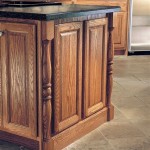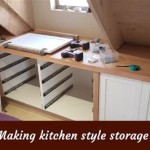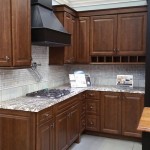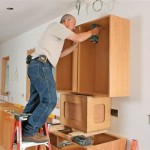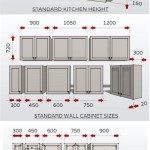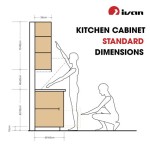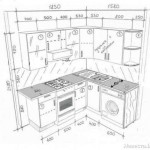Crown Moulding Kitchen Cabinets: Elevate Your Kitchen's Style
Crown moulding is a decorative element that adds character and elegance to any room. When it comes to kitchen cabinets, crown moulding can make a significant impact on the overall look and feel of your kitchen.
Benefits of Crown Moulding for Kitchen Cabinets
Incorporating crown moulding into your kitchen cabinets offers several benefits, including:
- Enhanced aesthetics: Crown moulding creates a visually appealing transition between the cabinets and the ceiling, giving your kitchen a more polished and finished look.
- Added height and depth: Crown moulding can make your cabinets appear taller and more substantial, creating an illusion of extra space and grandeur.
- Improved functionality: Crown moulding can help conceal the gap between the cabinets and the ceiling, preventing dust and debris from accumulating.
Types of Crown Moulding for Kitchen Cabinets
There are various types of crown moulding available, each with its own unique style and profile. Some popular choices for kitchen cabinets include:
- Simple coving: A basic and versatile style that creates a gentle curve between the cabinet and the ceiling.
- Ogee: A more ornate style featuring a double curve, adding a touch of elegance to any kitchen.
- Dentil: A unique style characterized by small, evenly spaced blocks or dentils, adding architectural interest to your kitchen.
Materials for Crown Moulding
Crown moulding can be crafted from various materials, including:
- Wood: A classic and durable choice, wood crown moulding comes in a wide range of species and finishes to complement your kitchen's decor.
- MDF (Medium-Density Fiberboard): An affordable and lightweight alternative to wood, MDF crown moulding is moisture-resistant and easy to paint or stain.
- Polyurethane: A synthetic material that is lightweight, durable, and water-resistant, polyurethane crown moulding is a low-maintenance option for humid environments.
Installation Considerations
Installing crown moulding on kitchen cabinets requires careful planning and execution. Here are some key considerations:
- Ceiling height: Crown moulding is generally recommended for ceilings that are at least 8 feet high. For lower ceilings, a smaller or less intricate crown moulding may be more suitable.
- Cabinet depth: The depth of your cabinets will determine how much crown moulding you can install. Standard crown moulding sizes range from 3 1/2 inches to 5 inches in depth.
- Cut angles: Crown moulding requires precise miter cuts at the corners. Using a miter saw or a power miter box can ensure accurate angles for a seamless installation.
Conclusion
Crown moulding can transform your kitchen cabinets, adding a touch of sophistication and style. By carefully considering the type, material, and installation factors, you can create a beautiful and functional kitchen that will be the heart of your home for years to come.

Crown Moulding The Recently Rediscovered Kitchen Solution

11 Kitchen Cabinet Crown Molding Ideas For Your

3 Ways To Enhance Your Kitchen With Crown Molding

Diy Kitchen Cabinet Upgrade With Paint And Crown Molding

A Guide To Crown Molding For Kitchen Cabinets Mimosa Bath

Adding Crown Molding To Cabinets Young House Love

Home Decorators Collection Tremont Pearl Gray Painted Plywood Shaker Stock Assembled Kitchen Cabinet Crown Molding 96 In W X 2 5 D 3 H Cm8 Pg The Depot

Grey Kitchen Cabinet Modern Crown Molding

11 Kitchen Cabinet Crown Molding Ideas For Your

Kitchen Design Details Learn About Crown Molding On Cabinetry
Related Posts

